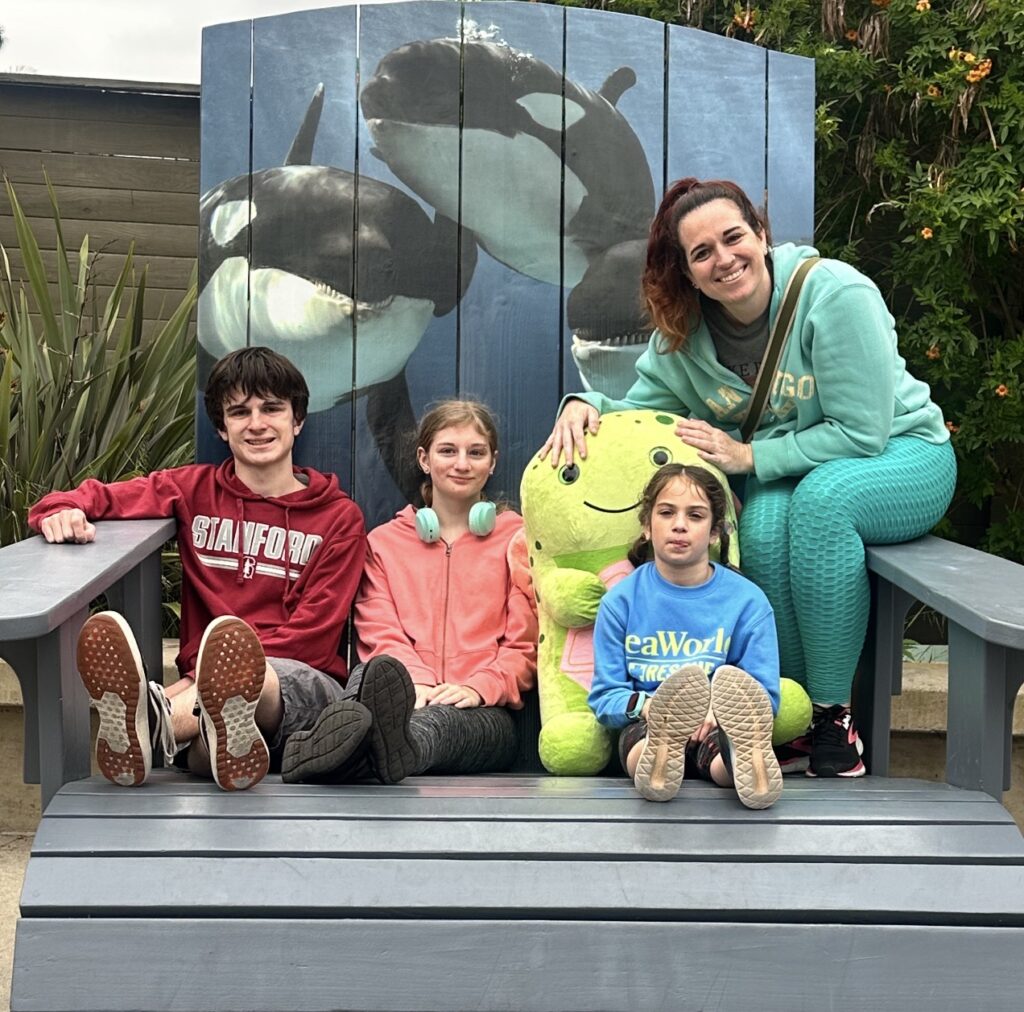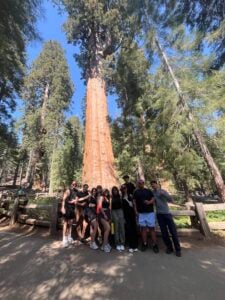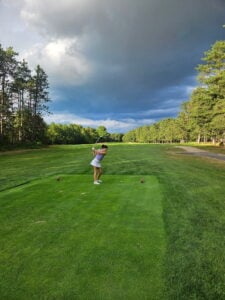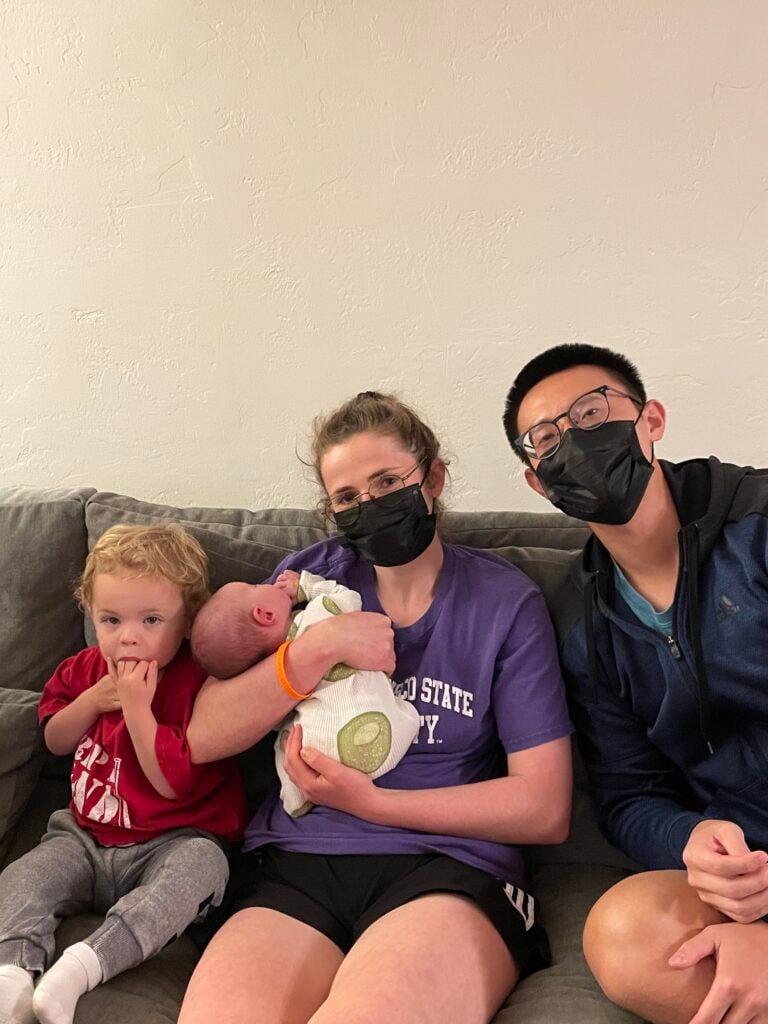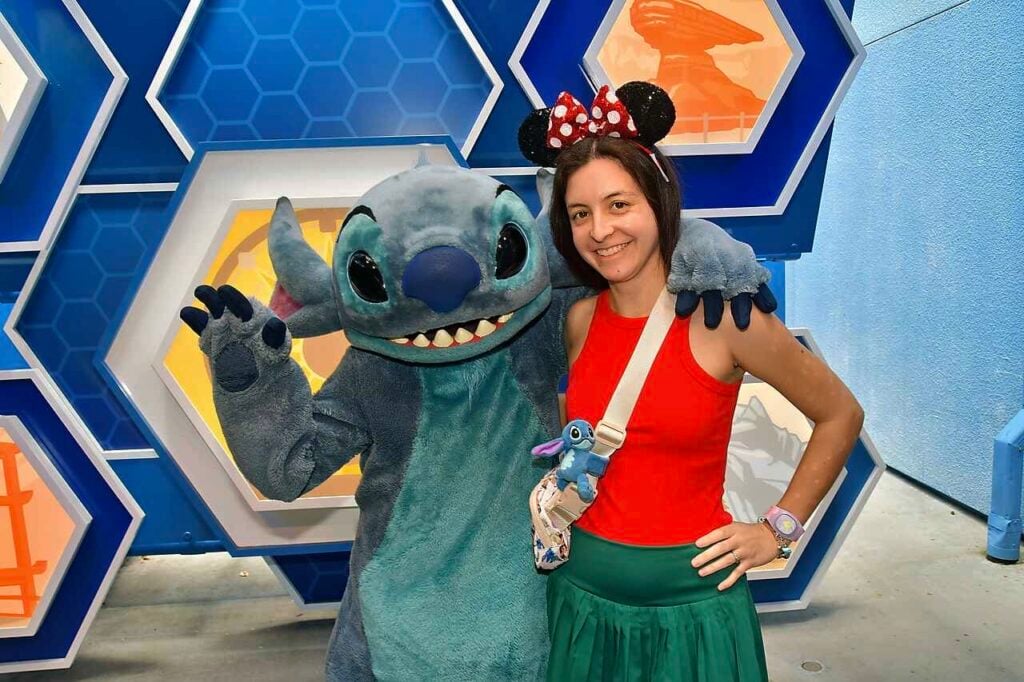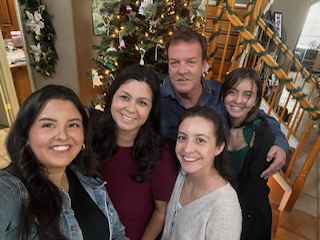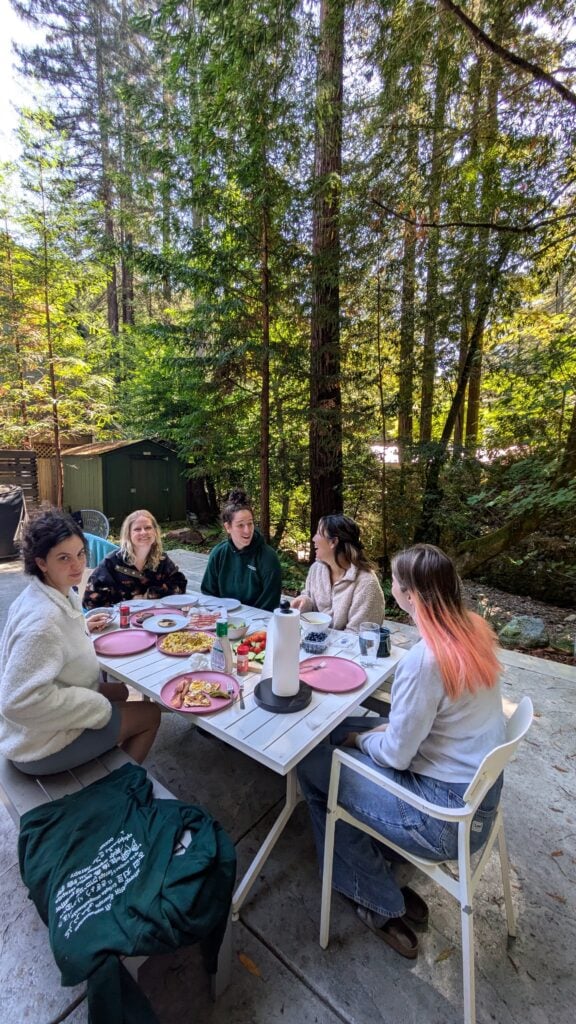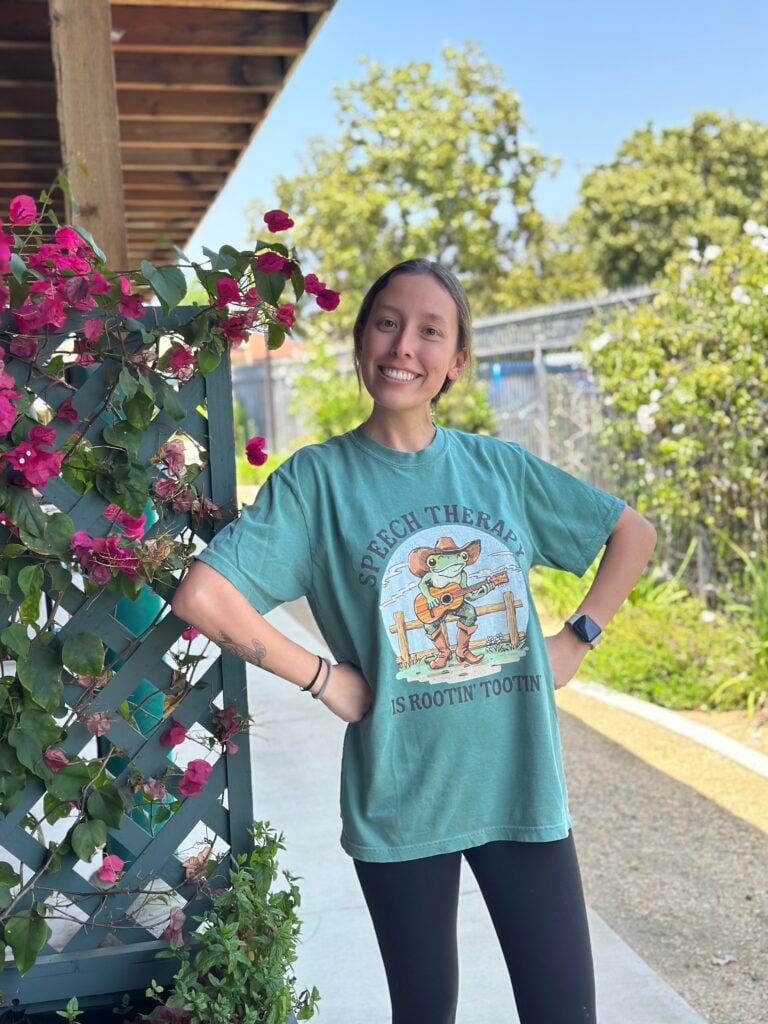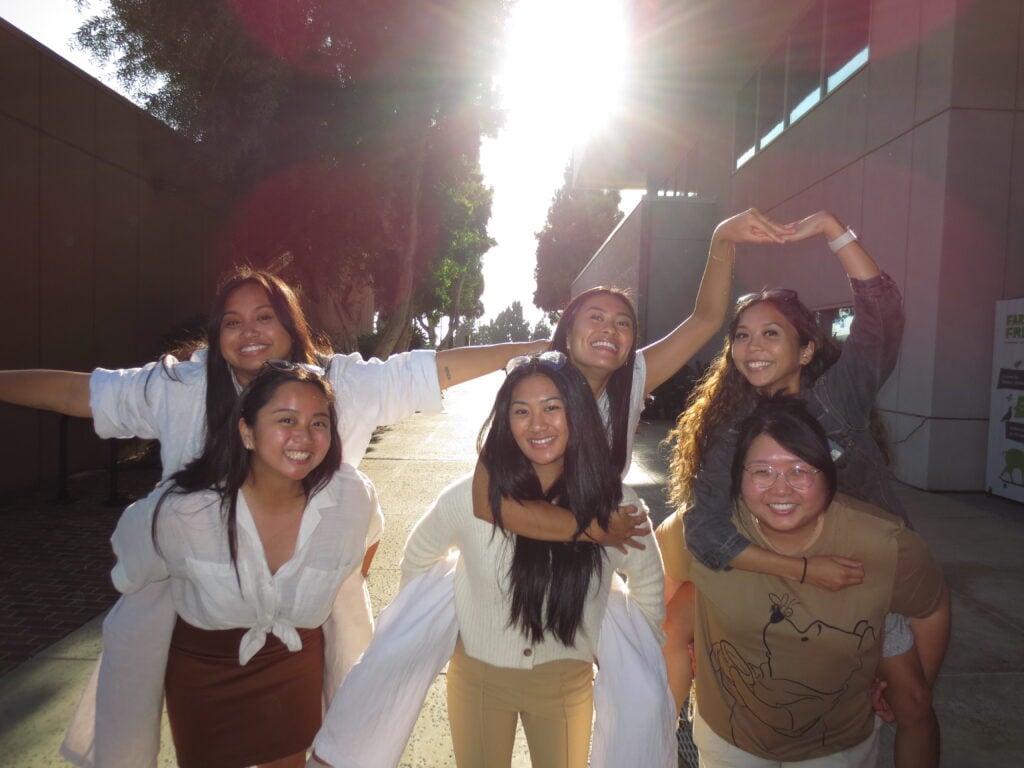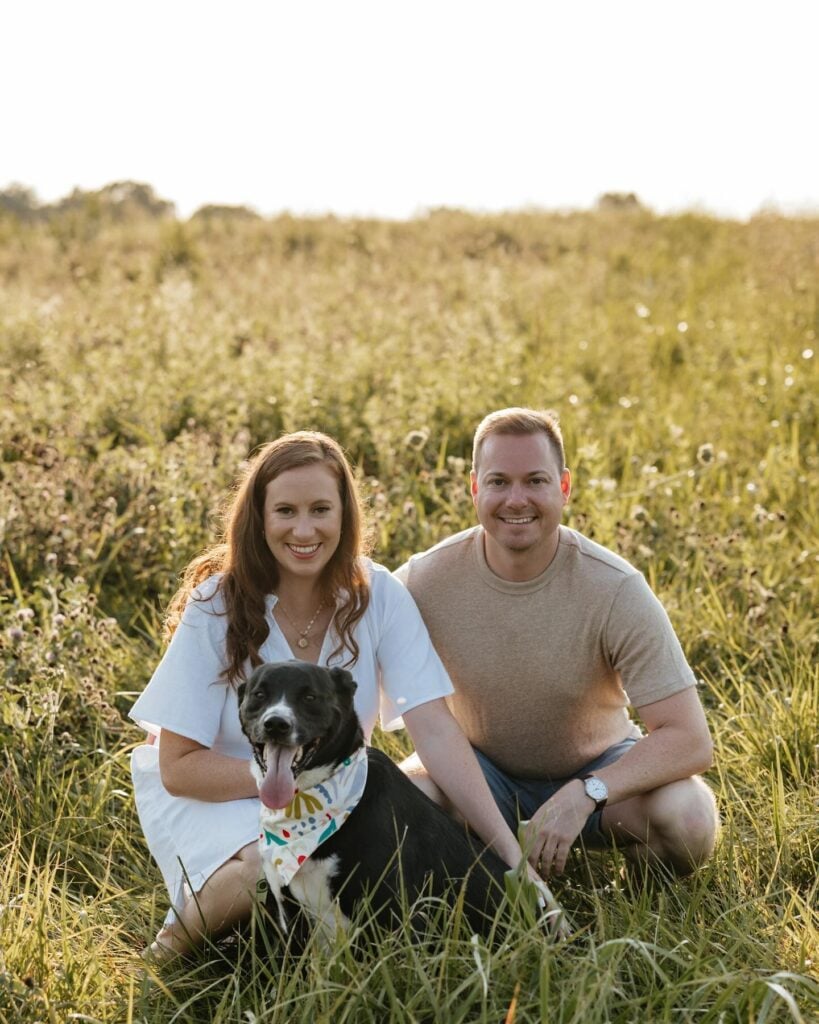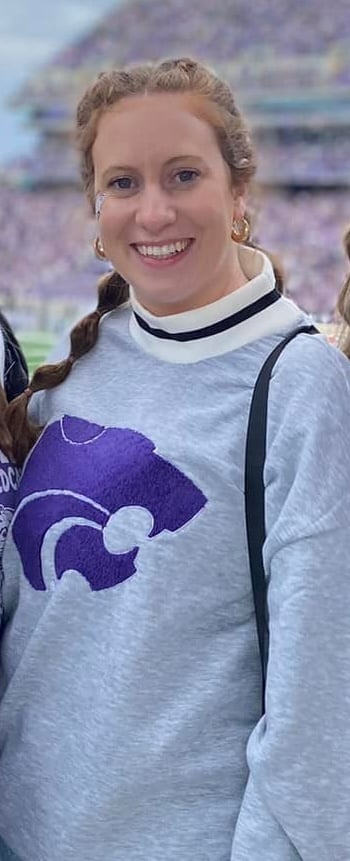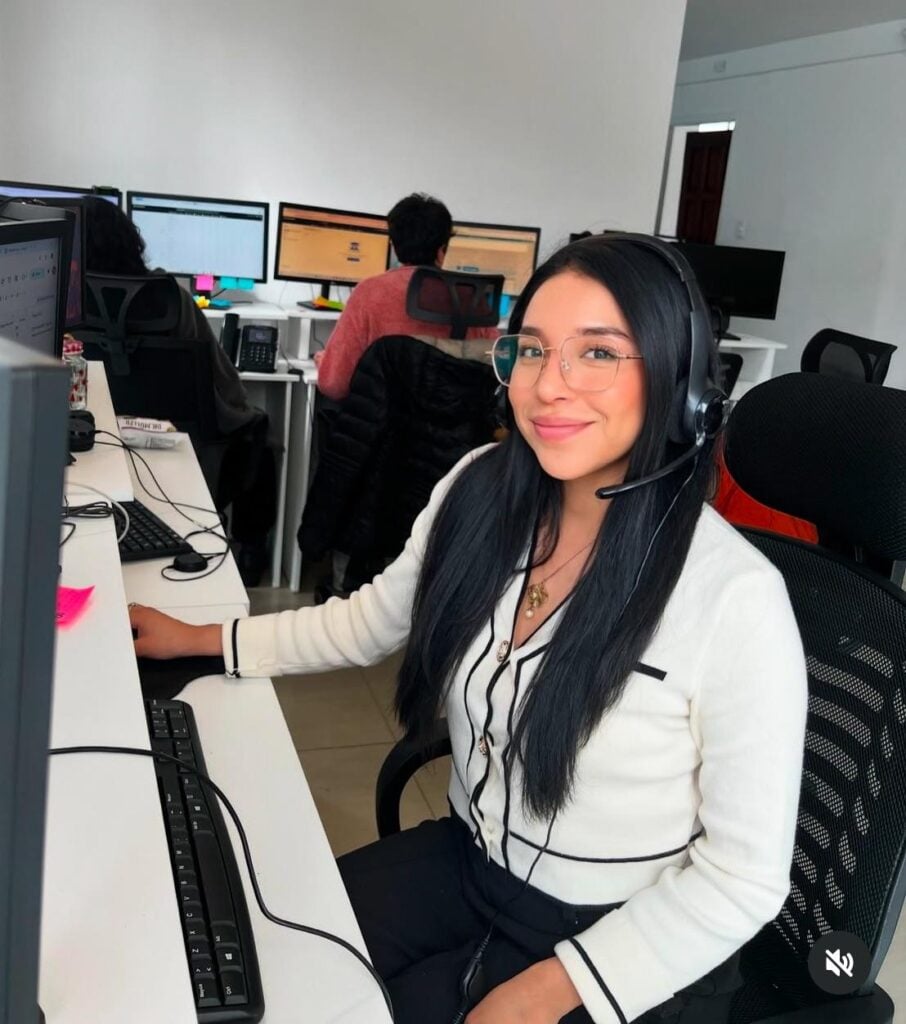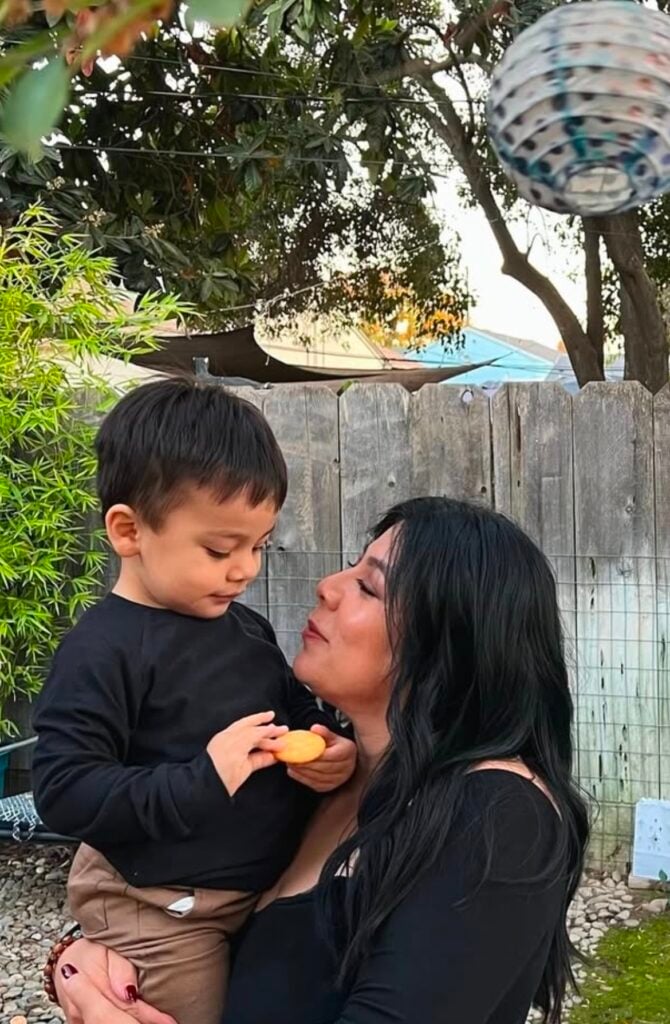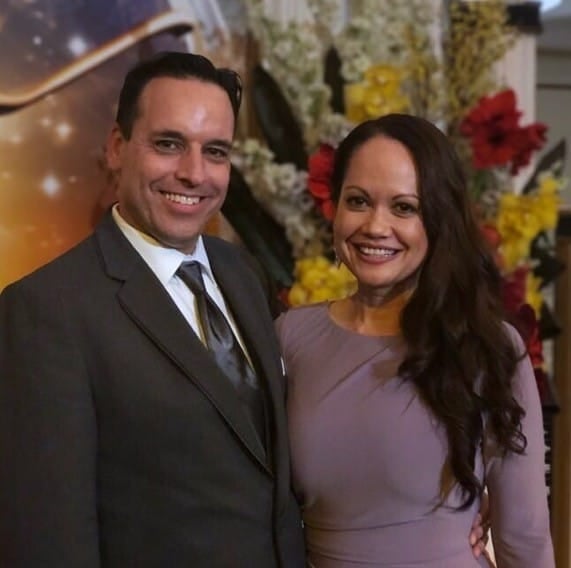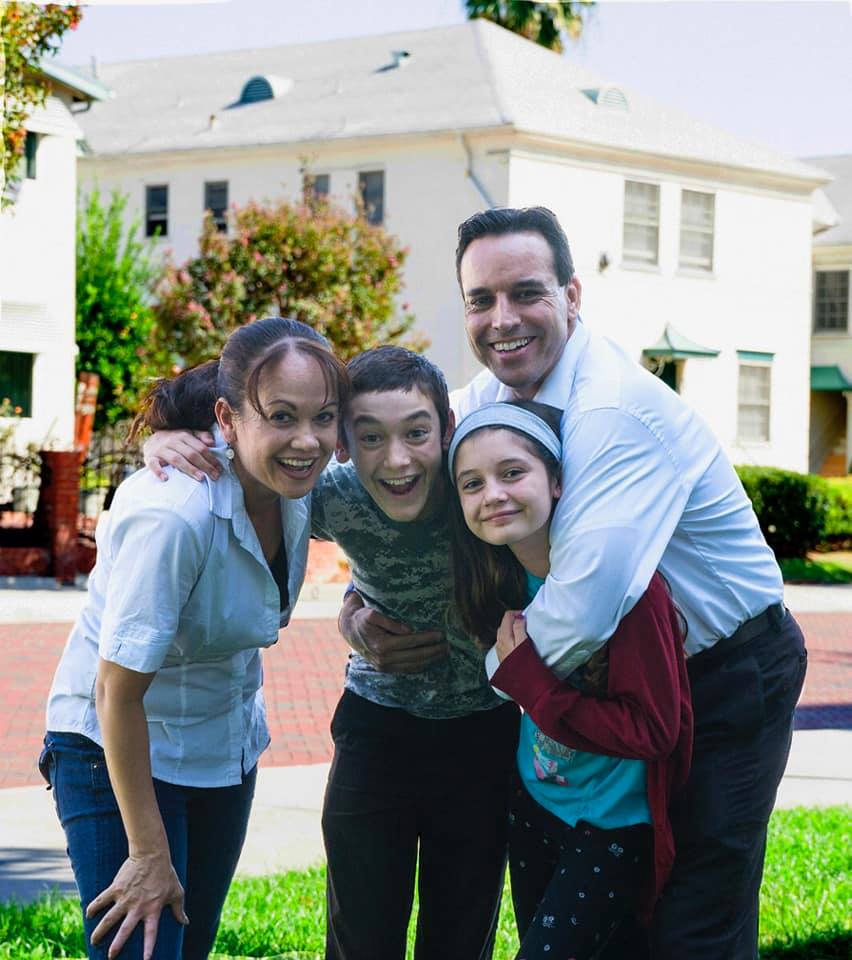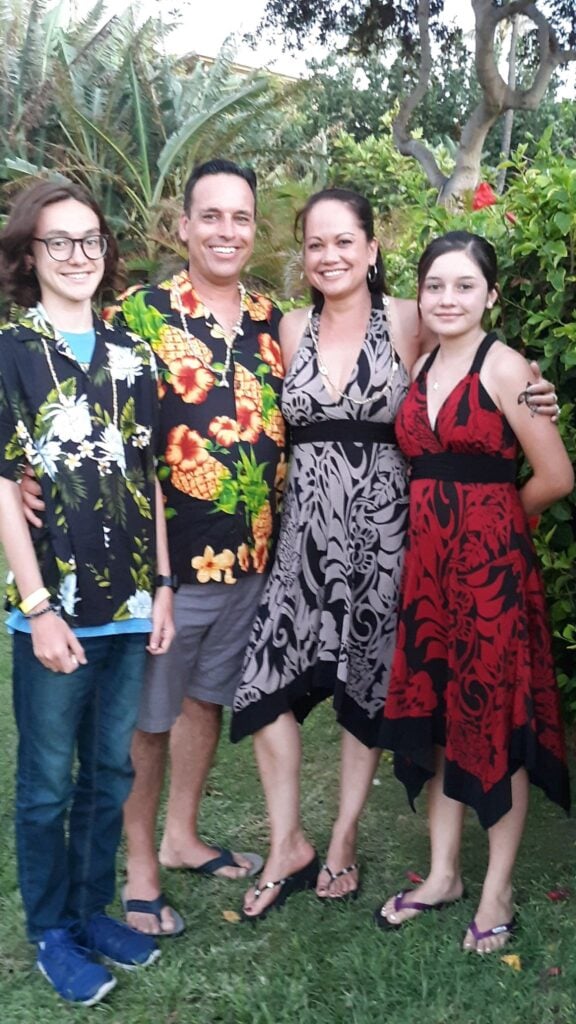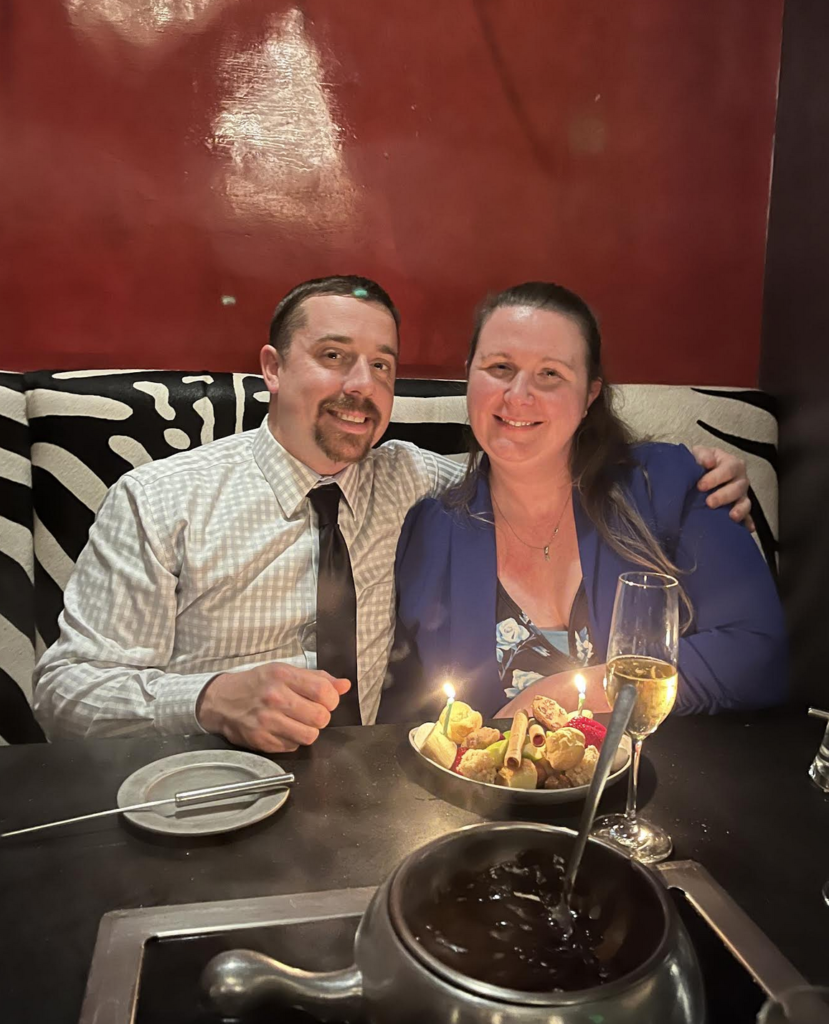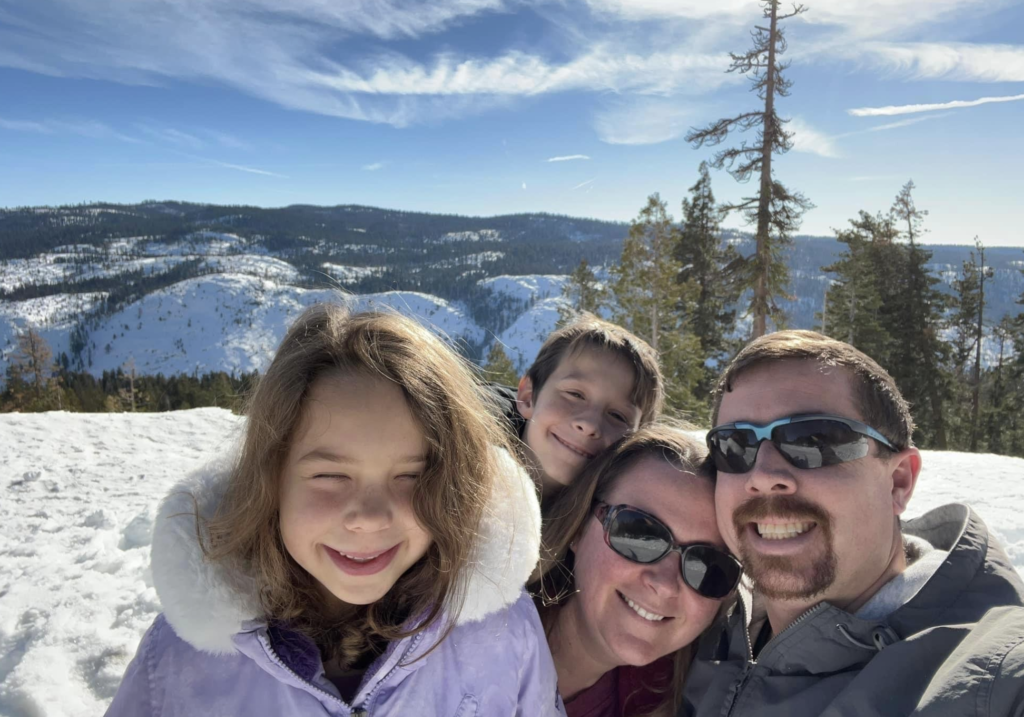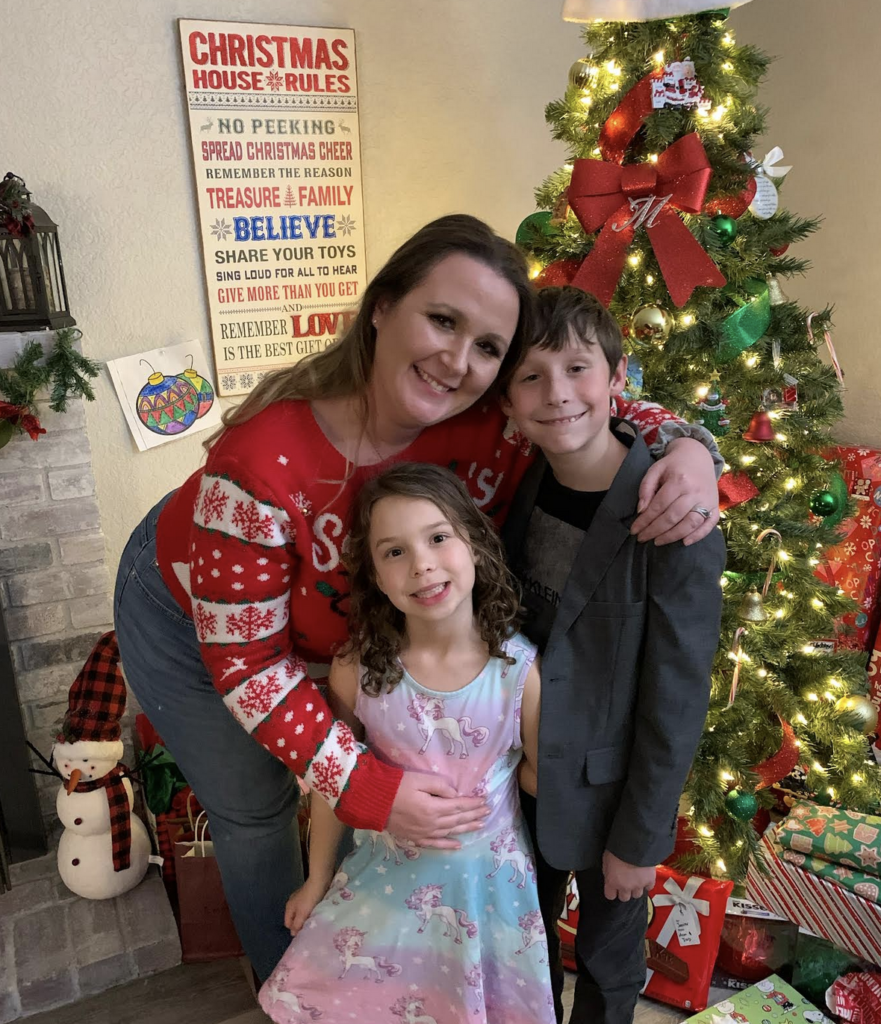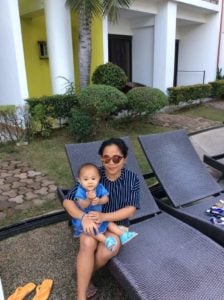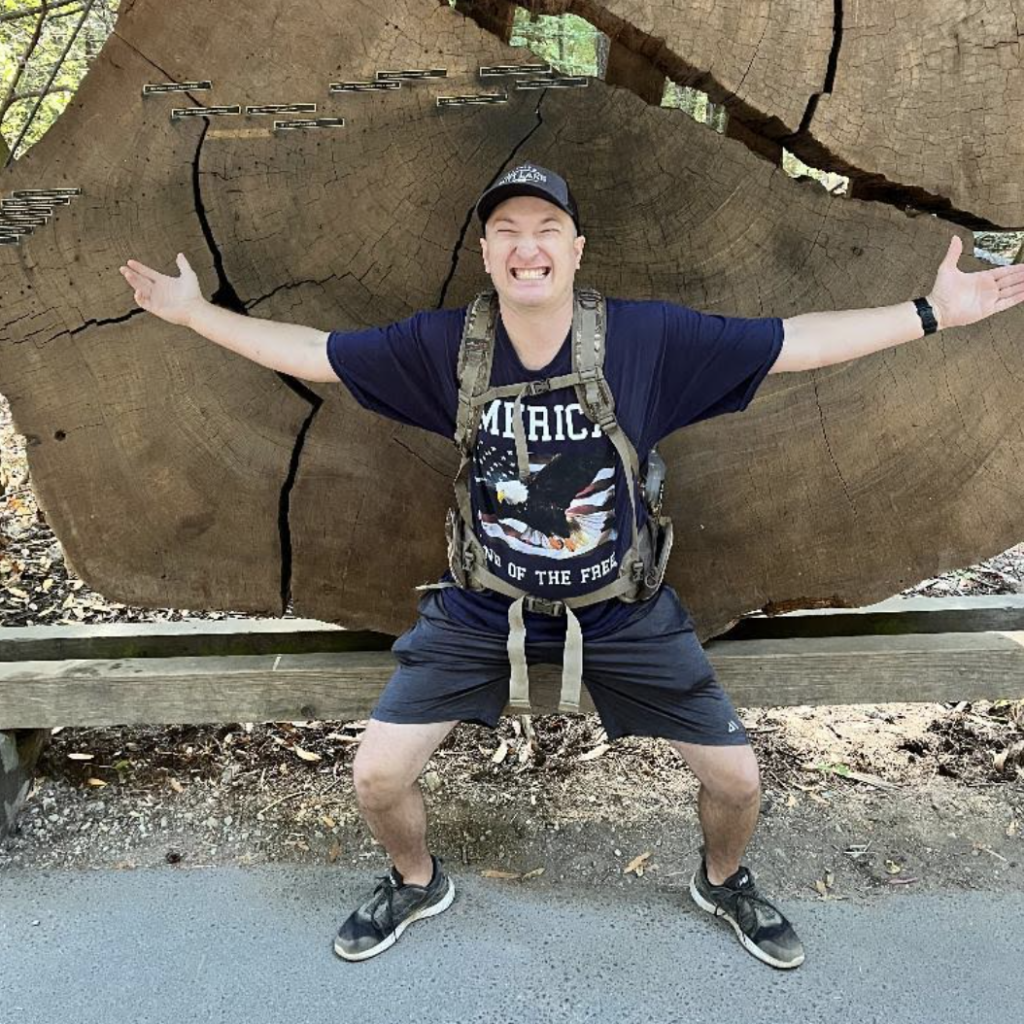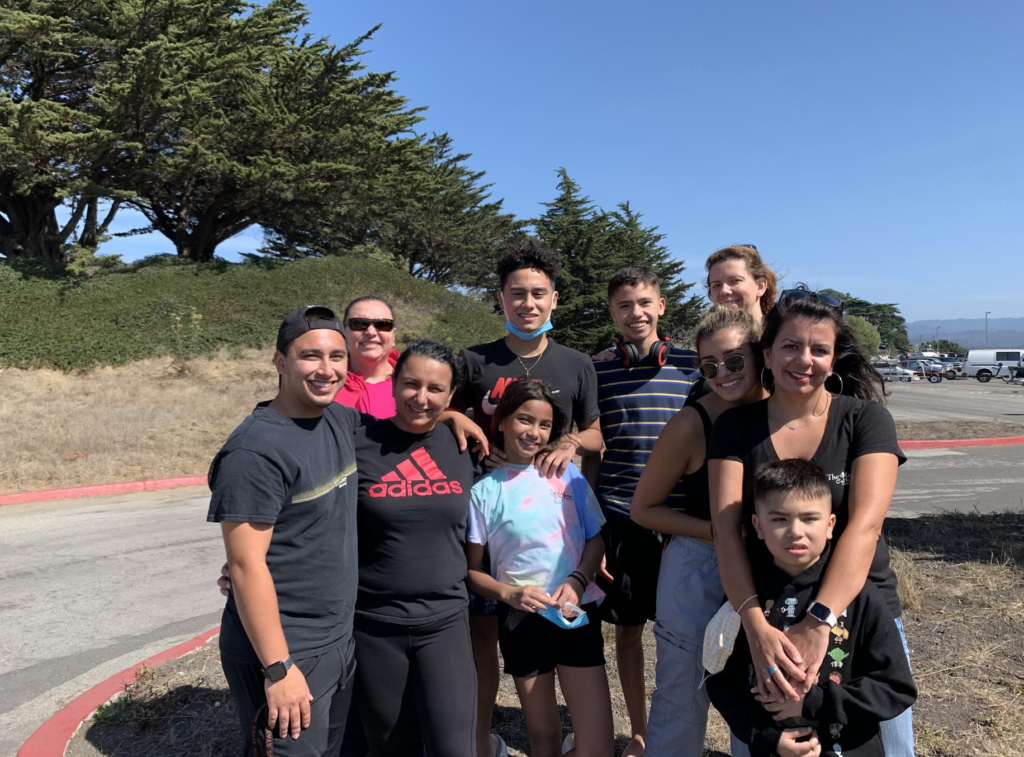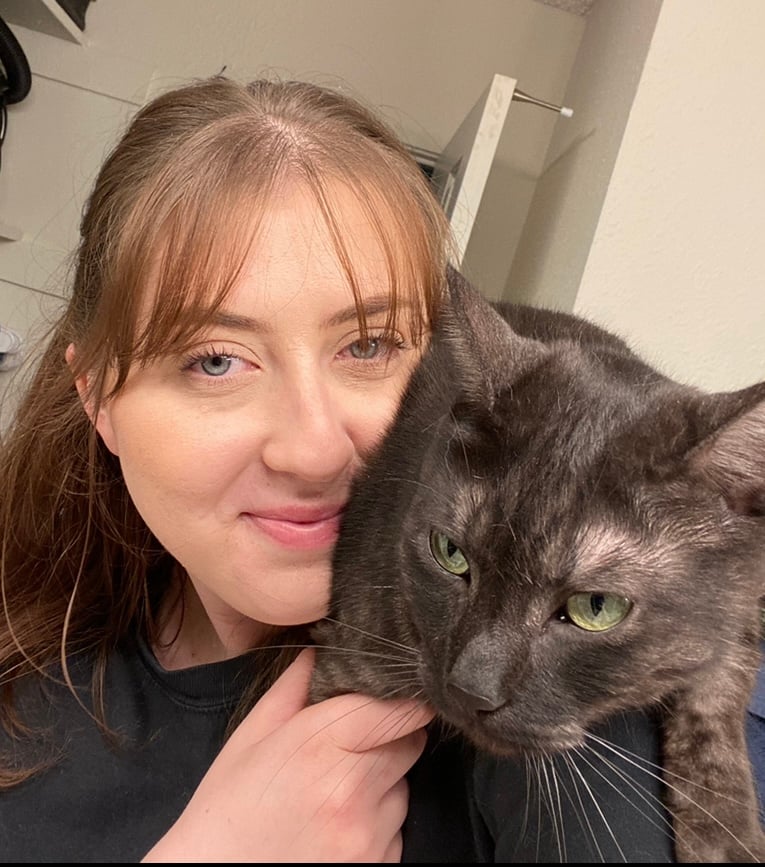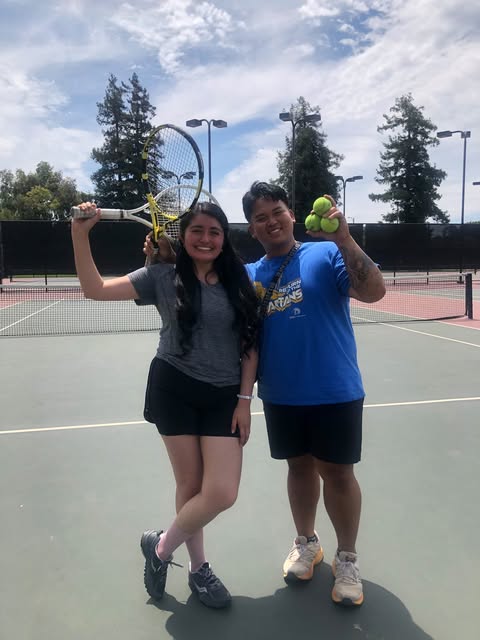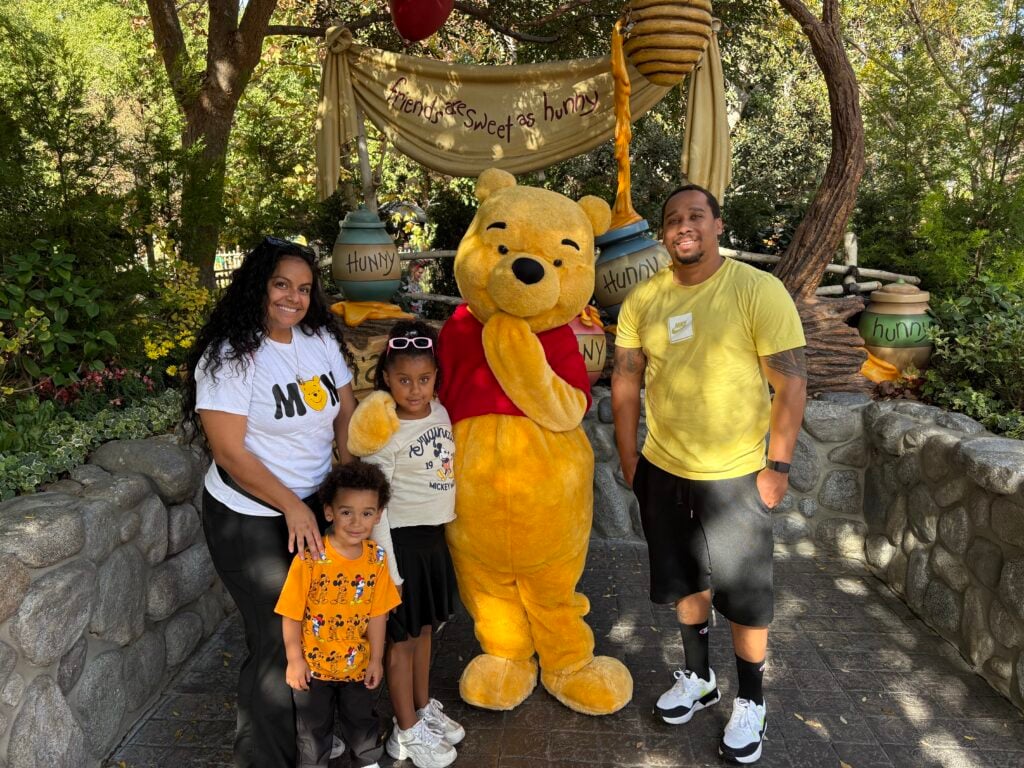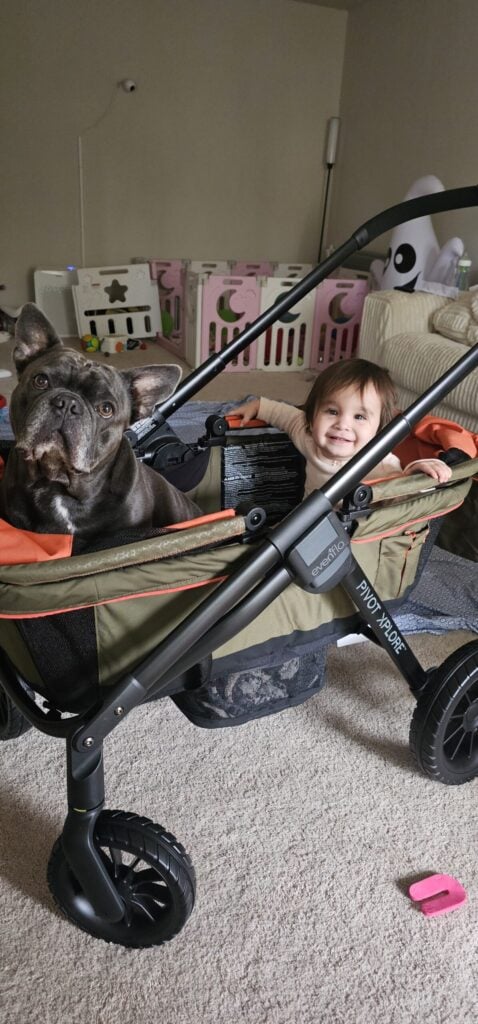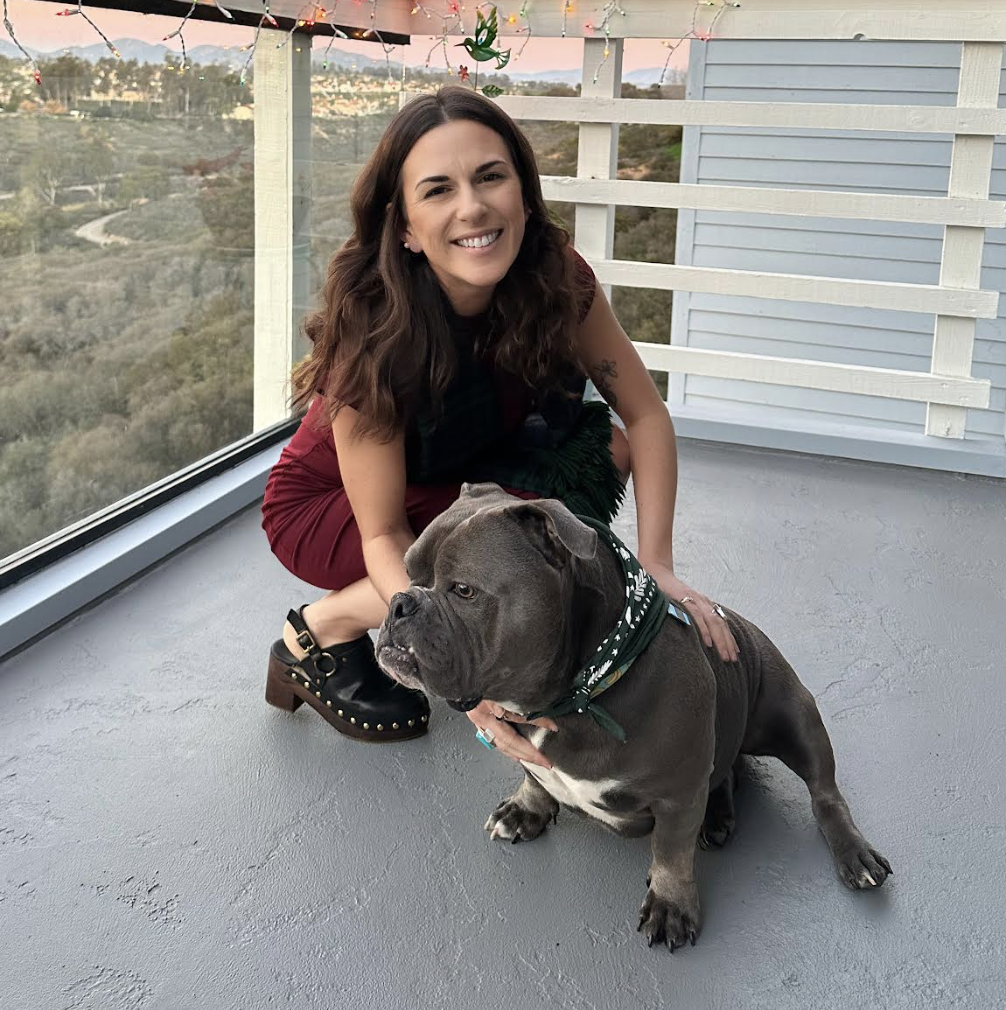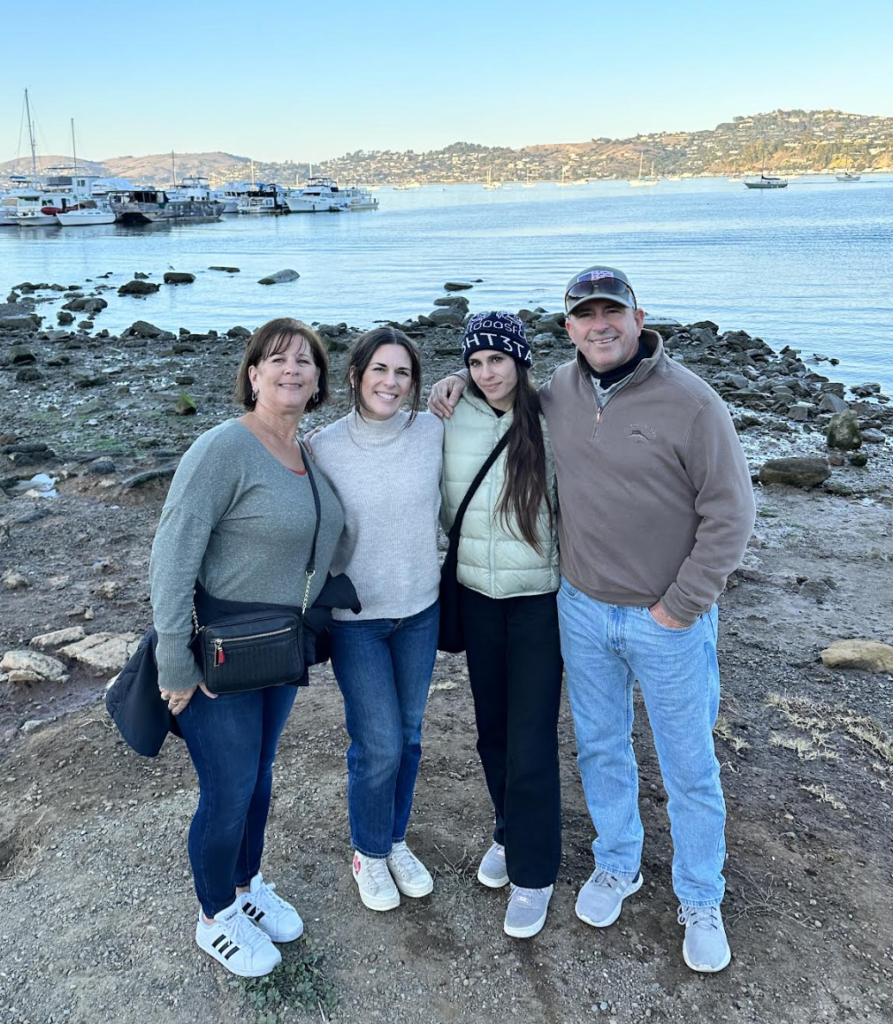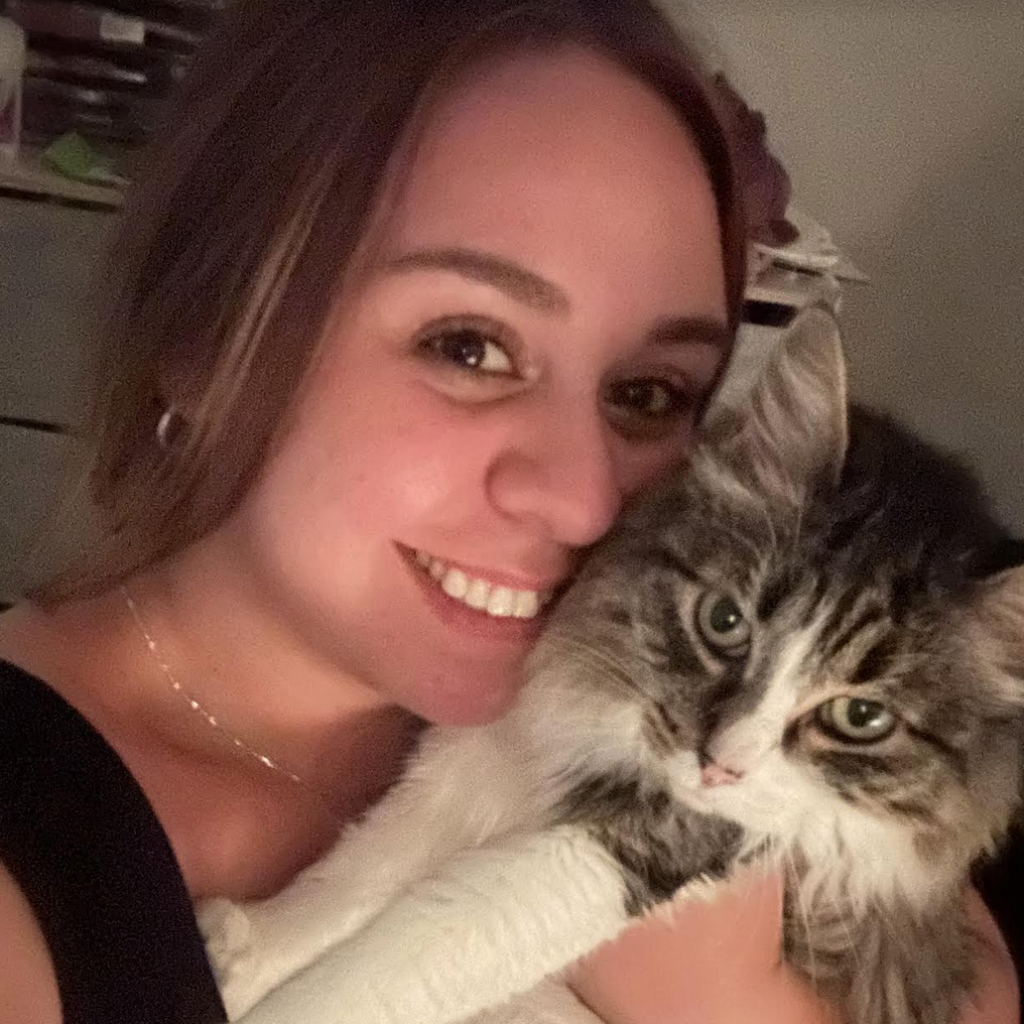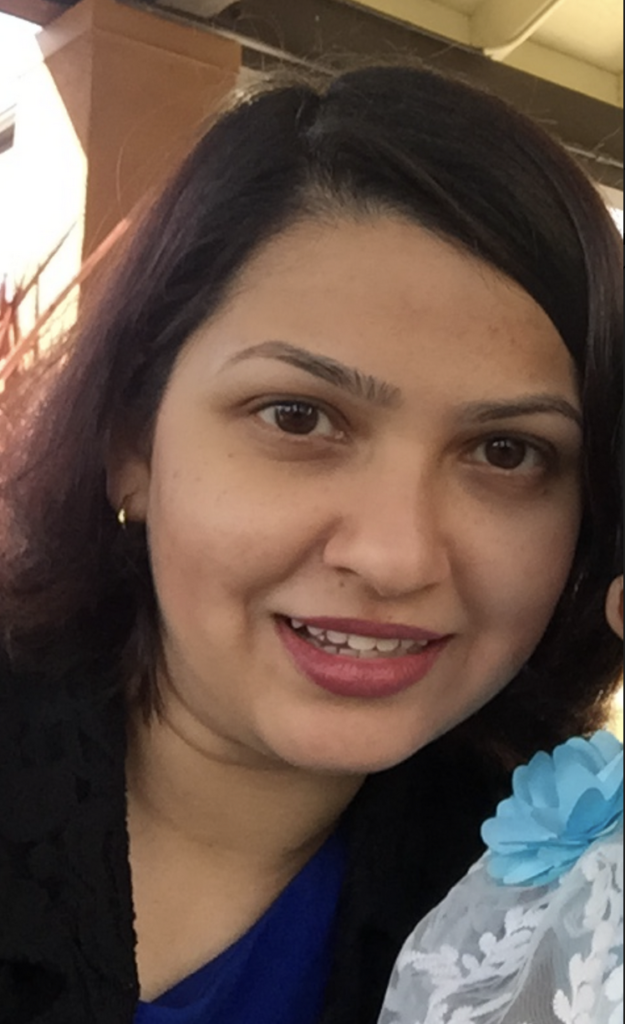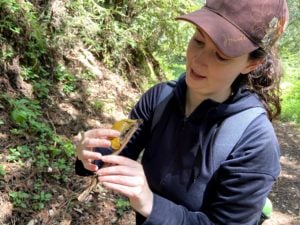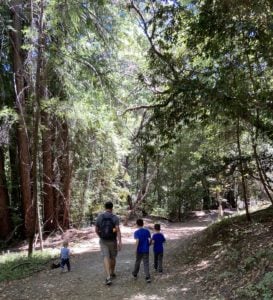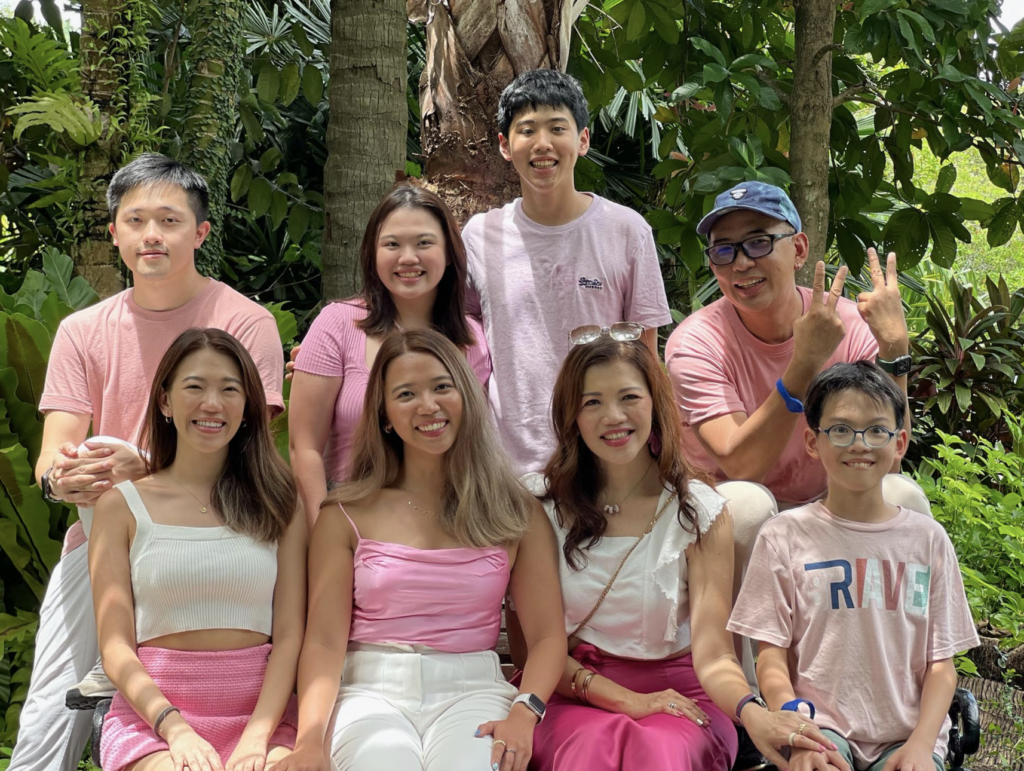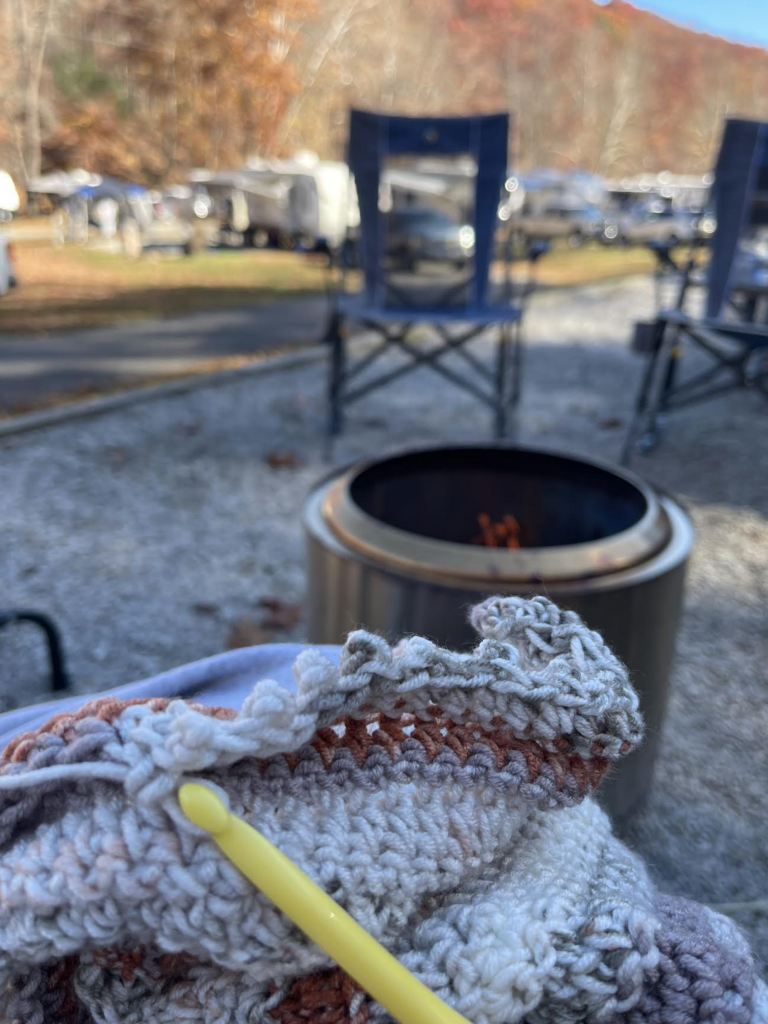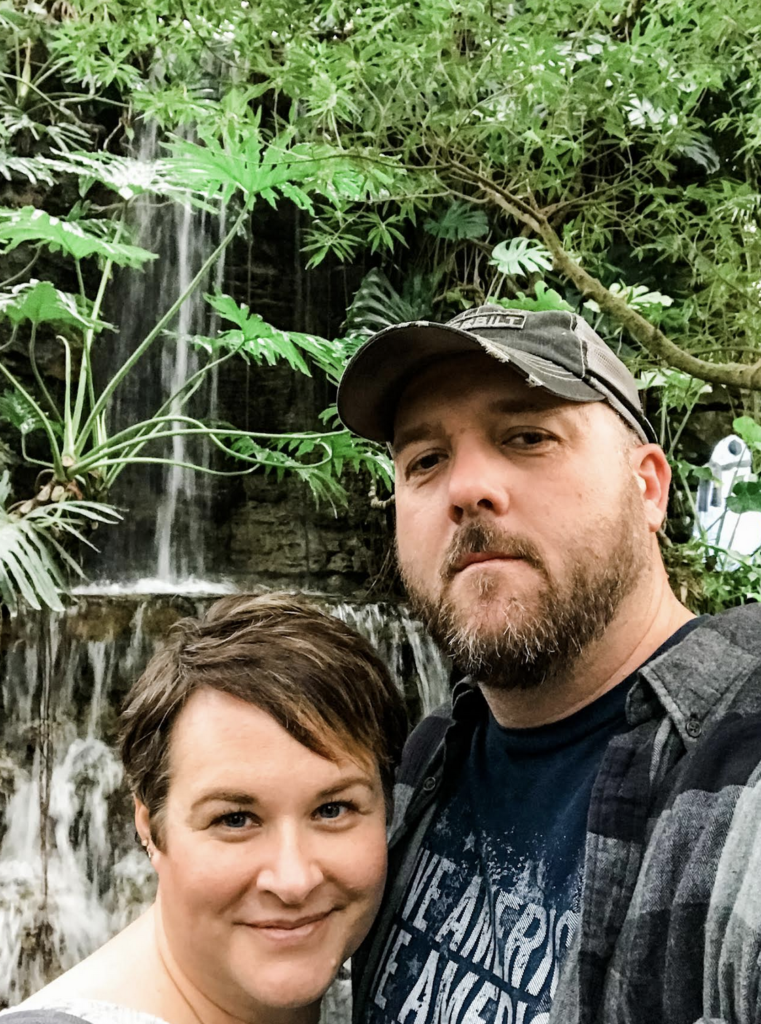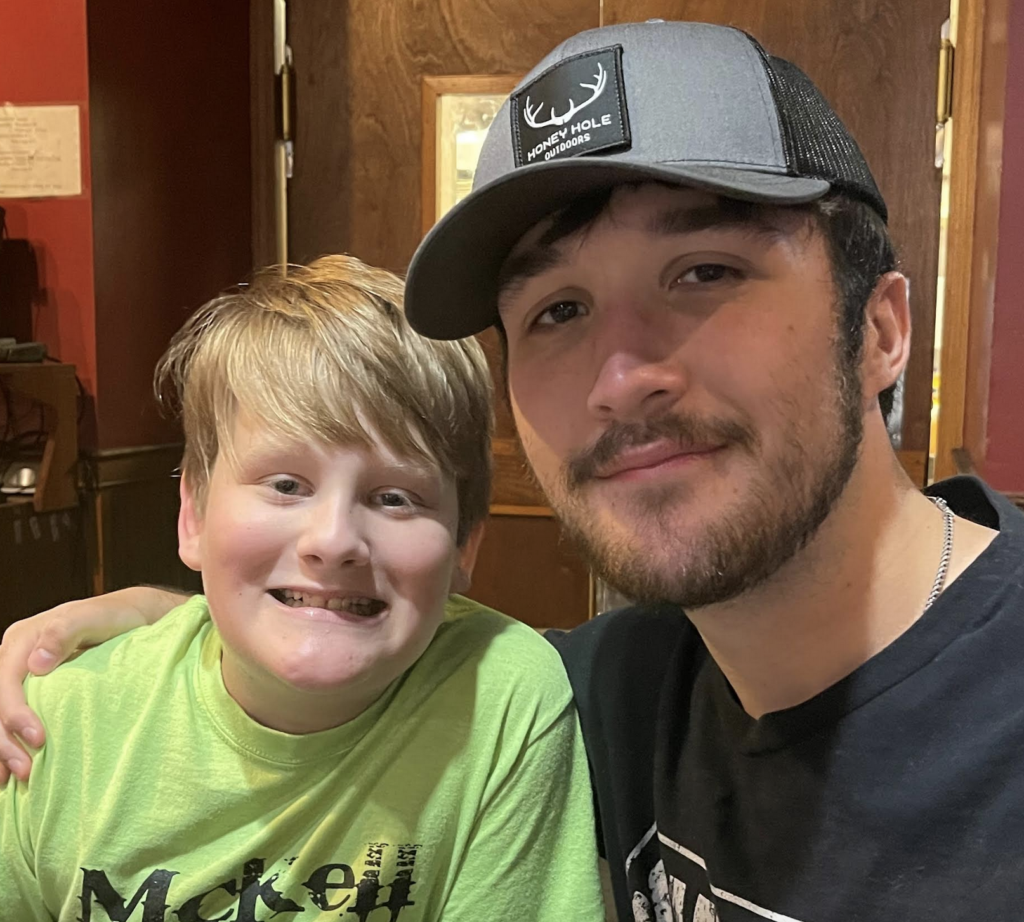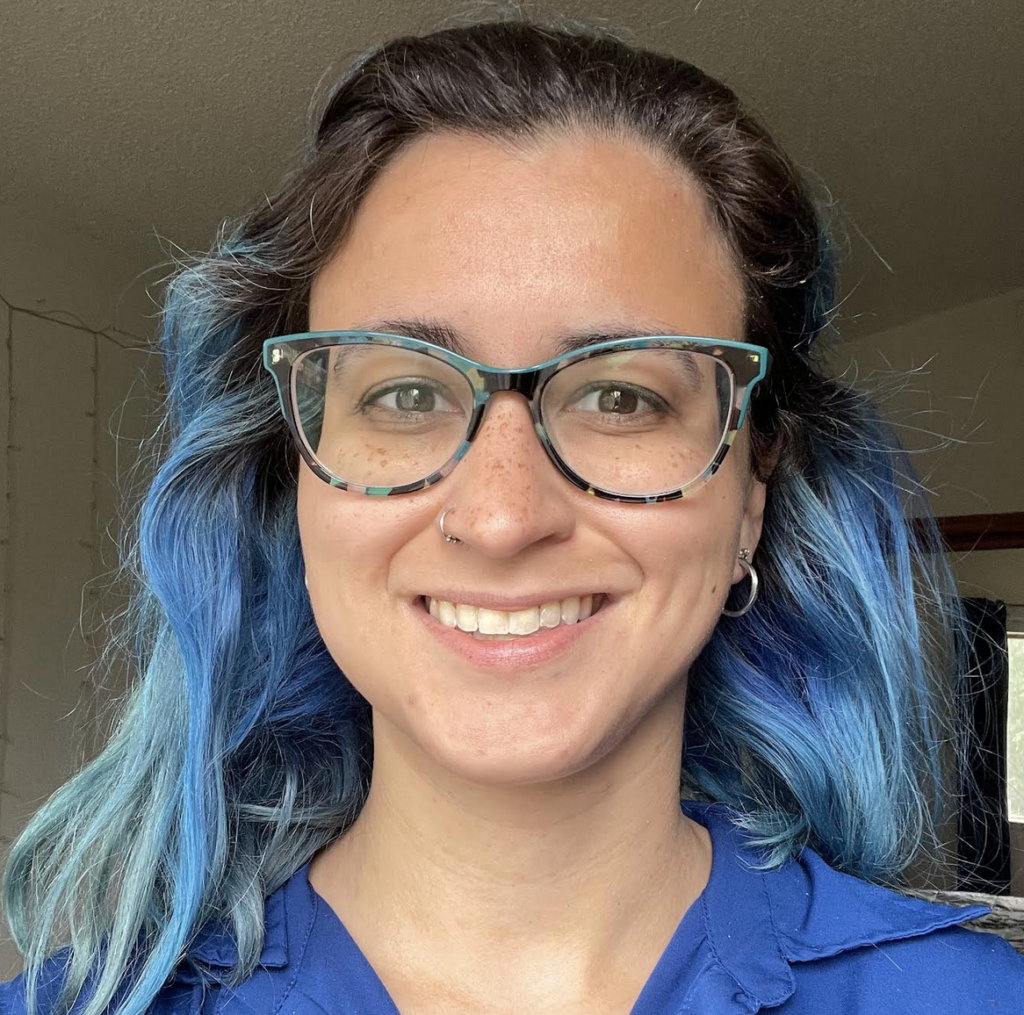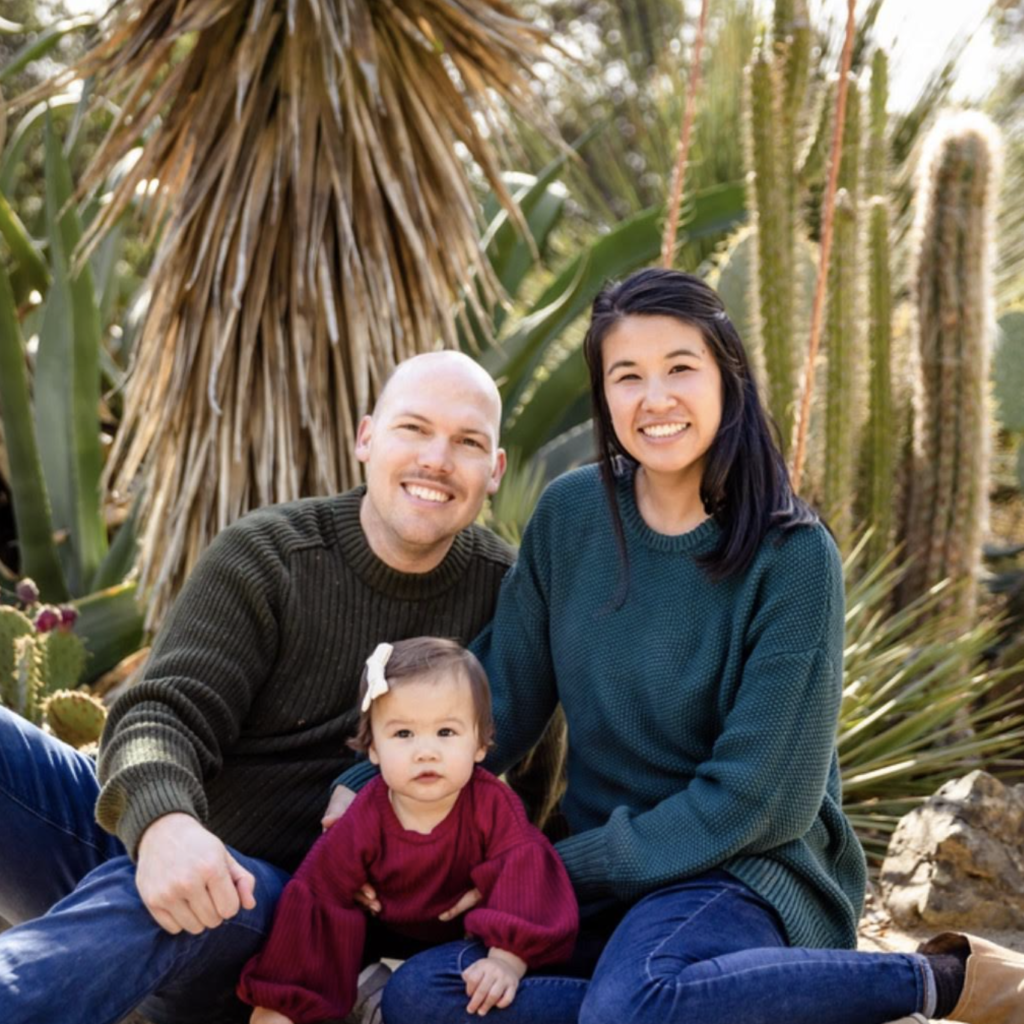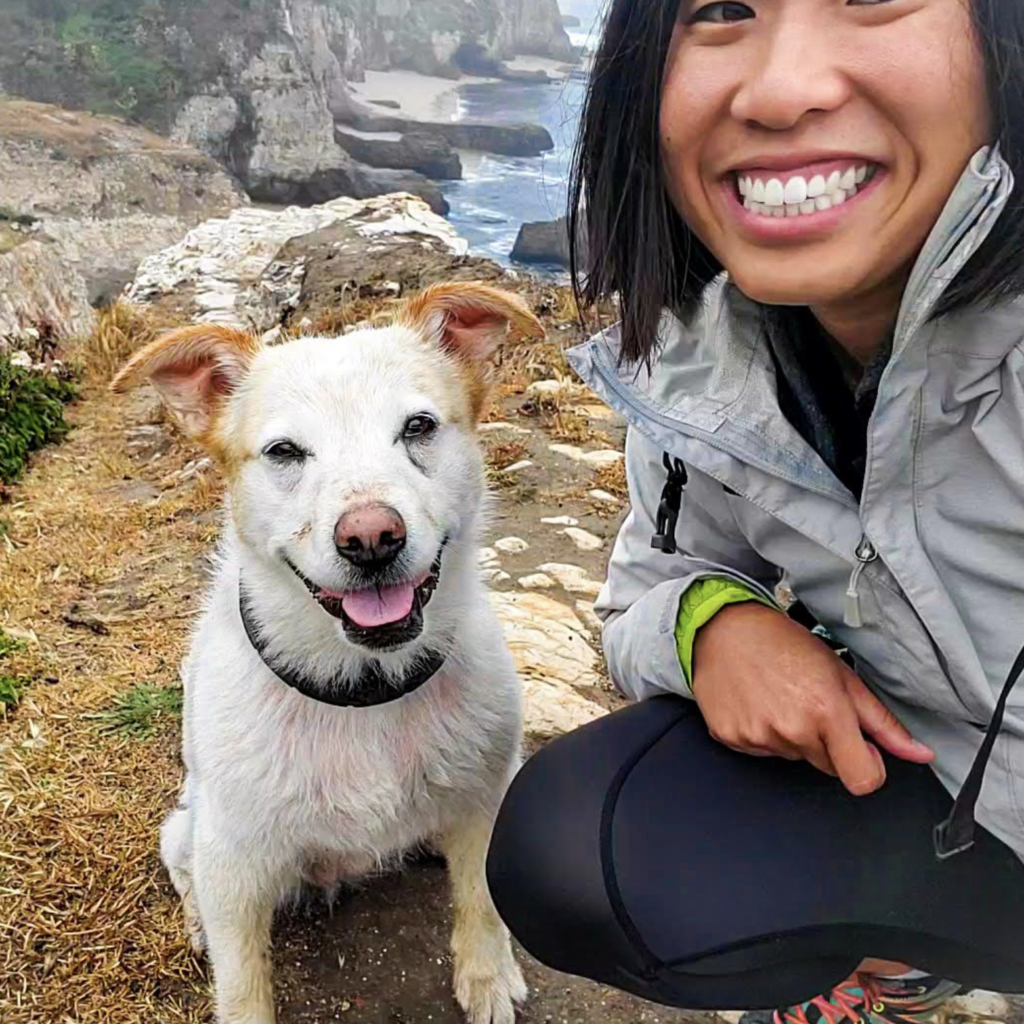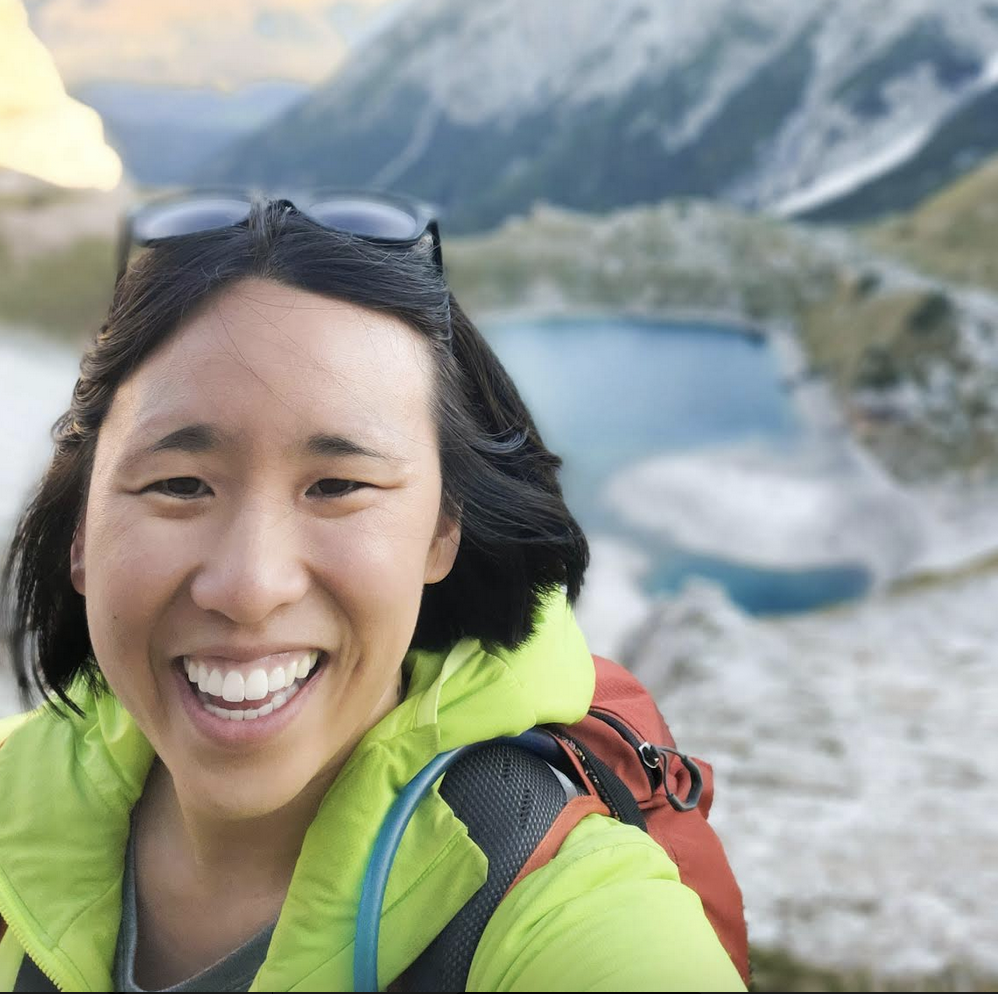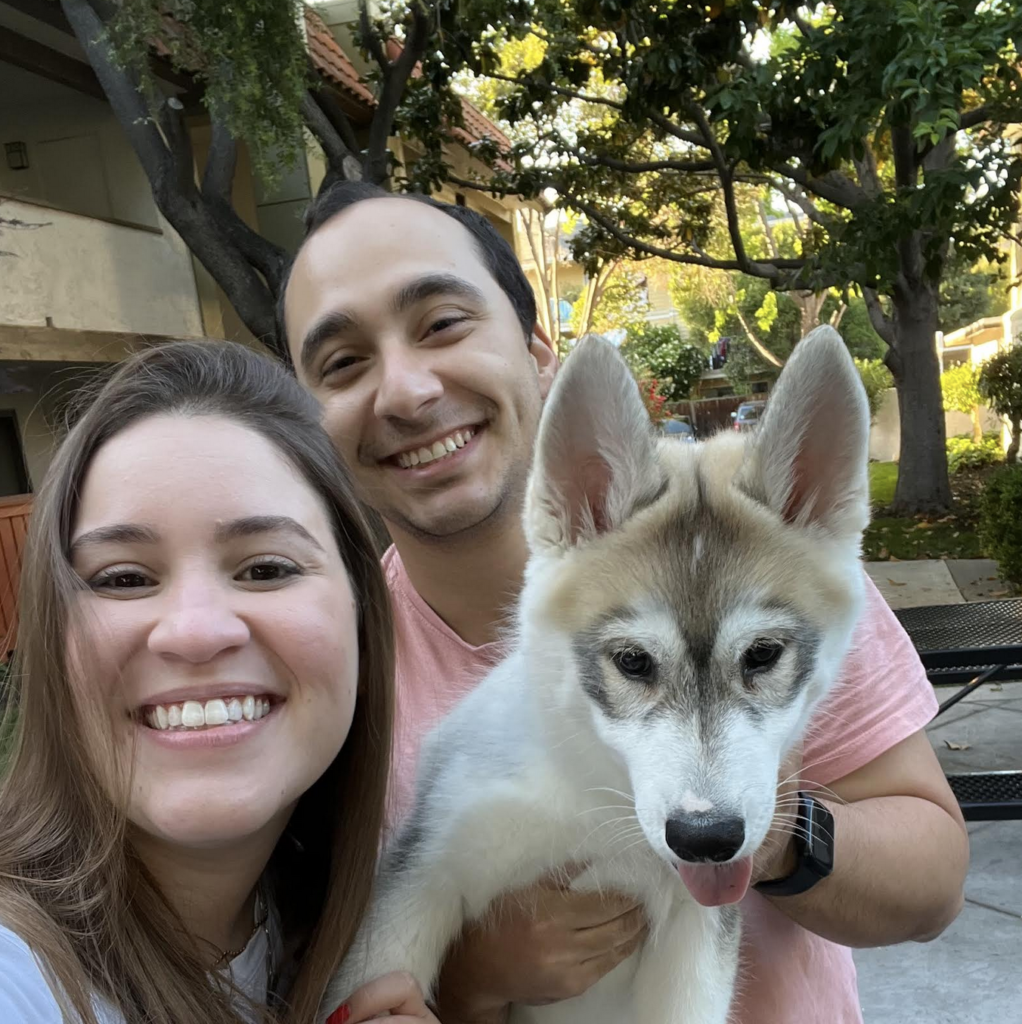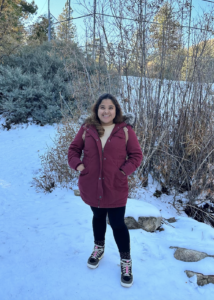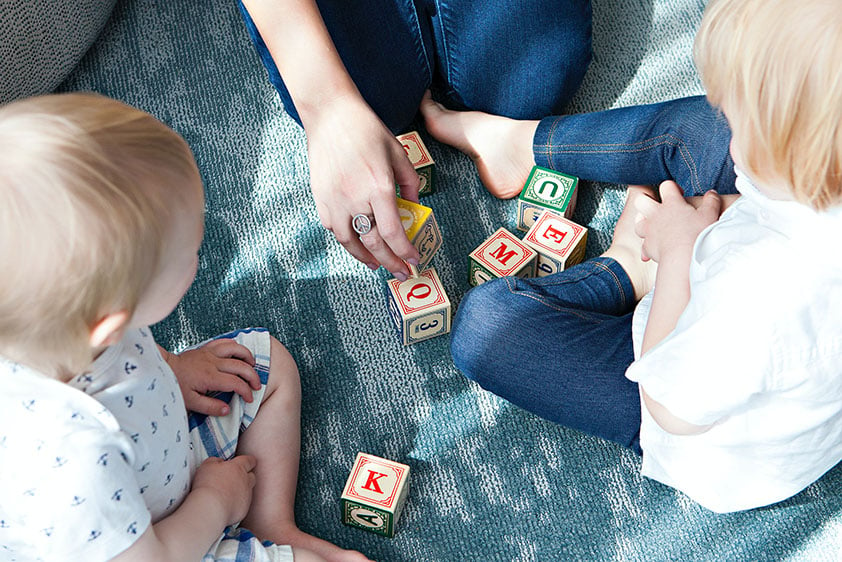
Is your child exposed to more than one language on a regular basis?
Many children in the Bay Area are exposed to multiple languages in their daily lives. For the sake of this article I will refer to children spoken to in one language as “monolingual” and children spoken to in more than one language as “bilingual”.
Parents and caregivers of bilingual children often arrive at our clinic with concerns that raising their child bilingual may contribute to the child’s communication delay. They often wonder: Is my child not talking as much as other kids his age because we speak two languages at home? If my child already has a delay, will the delay worsen if we continue to speak to him in two languages? While these concerns are common, they fortunately are unwarranted.
Raising a child in a bilingual environment will not cause delays in language development or social skills. In fact, typically-developing monolingual and bilingual toddlers reach early language milestones at around the same time. Both bilinguals and monolinguals use their first words at around 1 year old. They both combine words into 2-word phrases (i.e. “mama, up”) at around 2 years old. Both bilinguals and monolinguals use about 200-300 words by the time that they are 2 years old.
If your child speaks two languages, it is important to look at the words and phrases he/she uses in both languages to gain a sense of your child’s vocabulary and linguistic skills as a whole. It is typical for young bilingual children to learn vocabulary concepts in one language or the other rather than in both of their languages. Often young children learn vocabulary that they use at school, such as colors and shapes, in English only and may not express these words in their home language. Similarly, young children may know more vocabulary associated with the home in their home language and may not use these words in English.
For example, let’s say that you speak Spanish at home and your child requests a “cuchara” (meaning spoon in Spanish) rather than a “spoon” at their daycare. This would be considered typical for a bilingual child because he/she usually eats and uses utensils at home where the family speaks Spanish and thus, learned the Spanish word for “spoon” more quickly than the English word for “spoon.” As the child starts elementary school and is exposed to English for more hours of the day, he/she will learn to use the English word “spoon” at school and the Spanish word for “spoon” at home with family.
If your child has been diagnosed with a communication delay or disorder, you may wonder if raising him/her bilingual will worsen the delays. Speaking to your child in two languages will not exacerbate your child’s communication or social delays. Studies have found that people with developmental and communication disorders, such as autism and childhood apraxia of speech, can and do learn multiple languages.
Speaking to your child in your family’s native language from an early age will not worsen or cause delays; instead, it offers benefits to your child’s communication skills and cultural identity. Exposing your child to your family’s native language will enable your child to communicate with more people, including family members that do not speak English. This will help your child connect with family members, learn about his/her cultural background, and develop pride in his/her cultural identity.
If you have concerns about your child’s language development, please reach out to set up a free consultation. Our speech-language pathologists would be happy to discuss your concerns and recommend a therapy plan to help your child improve communication skills in his/her primary language(s).
References:
- Pletka, F. (2021). The Cultural Benefits of Bilingualism. The ASHA Leader, 26(6), 64.
- Prath, S. (2016). Red Flags for Speech-Language Impairment in Bilingual Children. The ASHA Leader, 21(11), 32–33. https://doi.org/10.1044/leader.scm.21112016.32
- Yu, B. (2018, September 10). How Slps Can Foster Bilingual Skills in Students on the Autism Spectrum. ASHAWire. https://leader.pubs.asha.org/do/10.1044/how-slps-can-foster-bilingual-skills-in-students-on-the-autism-spectrum/full/.
Author

Jacqueline Friduss M.S., CCC-SLP

